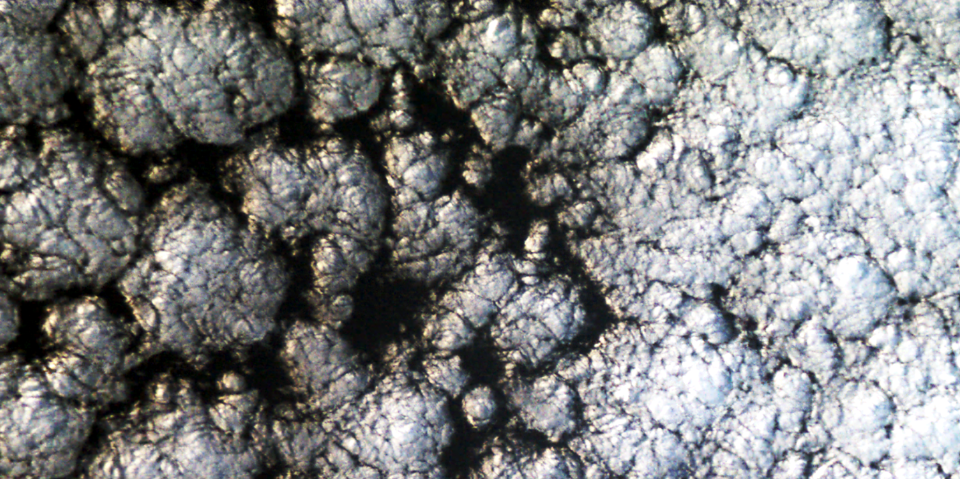ENABLING IN-ORBIT INNOVATION ON OPS-SAT-1 WITH TERMA'S OSEI SERVICE
Launched on 18 December, 2019, the OPS-SAT-1 mission is a pioneering project under the European Space Agency’s (ESA) General Support Technology Programme (GSTP). OPS-SAT-1 aimed to demonstrate enhanced mission control capabilities through powerful on-board computing. Built by a consortium of Austrian, German, Polish, and Danish industries, the mission provided a platform for stakeholders across the space industry to conduct innovative software and hardware experiments in orbit.
To make the experiments real Terma supported the mission with the Experiment Infrastructure Engineering Service (OSEI). The services were developed to provide expertise in managing the high-performance payload electronics, specifically the System-on-Chip (SoC) comprising an ARM CPU and an FPGA core. The OSEI service also includes the infrastructure required to support experiments on this payload, addressing the unique challenges associated with in-orbit FPGA experimentation.
About OPS-SAT-1
- Launch: 18 December, 2019
- Type of mission: In-orbit experimentation
- Operator: ESA
- Prime Contractor: Technische Universität (TU) Graz, Austria

"The OPS-SAT-1 mission conducted thousands of on-board experiments from 134 global teams, covering 284 types, including AI, machine learning, cyber security, and GNSS jamming. Each experiment required extensive advising, testing, risk management, and planning—tasks handled by Terma's OPS-SAT Mission Operations Engineers. Their skill and dedication made the OPS-SAT Space Lab experiment service possible."
David Evans
Technical Officer at OPS-SAT
Adapting to a Fast-Paced, High-Stakes Mission
One of the significant challenges of the OPS-SAT-1 was managing its highly flexible and fast-paced mission with rapidly changing daily operations. The mission required continuous adaptation to shifting daily activities, which included experimenter support, spacecraft operations, telemetry analysis, teaching, and engineering tasks. Specifically, in-orbit FPGA experimentation posed a substantial challenge due to its complexity and the precision required to avoid data loss, faulty spacecraft states, or hardware damage.
To address these challenges, the OSEI service provided by Terma was vital. Terma’s expertise in FPGA design, electronics engineering, and spacecraft operations enabled the smooth execution of the mission.
Terma provided a dedicated engineer at ESOC to manage tasks related to the payload processor and spacecraft operations. This included supporting experimenters from the initial feasibility discussions through to the execution of their experiments in orbit. Terma ensured meticulous checks of code, design, and experiment-specific toolchains, which were crucial for the success of more complex FPGA experiments.
The team successfully navigated these challenges, exemplified by the successful execution of Protostar Labs' FPGA experiment just 48 hours before the satellite's re-entry. The positive feedback from experimenters and the broader space community underscores the impact of Terma's services.
Terma's OSEI service offered:
- Specialized expertise in FPGA design, electronics engineering, and spacecraft operations
- A structured experimenter journey, from initial assessment to flight execution
- Enhanced support for complex FPGA experiments
- On-site engineering support at ESOC
- Continuous improvement of ground automation and on-board software

Future Prospects: OPS-SAT Space Lab
The OPS-SAT-1 mission facilitated numerous groundbreaking experiments. Notable among these were the Paris Observatory's "Refined Astrometry on Board a CubeSat" and the "OPS-SAT Spacecraft Autonomy with TensorFlow Lite, Unsupervised Learning, and Online Machine Learning" projects. These experiments demonstrated OPS-SAT-1’s capabilities in precise astronomical measurements and advanced AI applications in space.
Building on the success of OPS-SAT-1, the OPS-SAT Space Lab has been established to further accelerate innovation in space operations. With the next space segment expected in 2026, Terma continues to play a pivotal role in developing experiment infrastructure and systems for upcoming missions. This ongoing collaboration ensures that Terma remains at the forefront of space technology, contributing to the rapid testing and implementation of new ideas.




